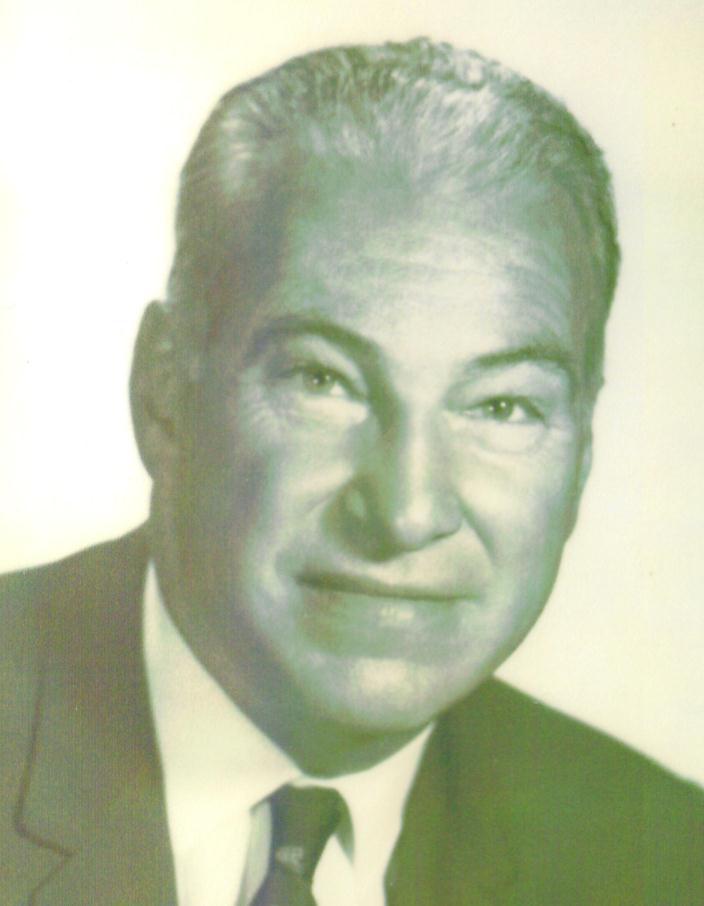Mining and Minerals Education Foundation |

Earl C. Herkenhoff
(1915-2002)
2011 Inductee from Mining's Past
Earl Herkenhoff graduated from the New Mexico School of Mines in 1936 with highest scholastic honors in mining engineering. He received a fellowship to the University of Idaho earning an MS in metallurgical engineering in 1937.
For the next four years he worked in various mines and mills in New Mexico, Arizona and Montana for New Jersey Zinc, Phelps Dodge, and Anaconda. In late 1941, Earl started a ten-year association with American Cyanamid Co. in Stamford Conn. and Hibbing MN. After ten years with Cyanamid, he joined Pickens Mather & Co. as assistant chief metallurgist at Hibbing, MN. In late 1955, Utah Construction and Mining hired him as director of metallurgical research. Four years later, he became vice-president of a Utah affiliate-Marcona Mining Co., with a large iron ore deposit in Peru. The success of this project is largely due to his expertise in ferrous metallurgy and materials handling.
After Marcona, in 1963, Earl worked on two other projects as a vice president, involving a copper-iron mine in British Columbia and a phosphate project in Peru. In 1966, Earl rejoined Pickens Mather as vice-president and general manager in Australia. In 1969, he returned to the US, joining Kaiser Aluminum and Chemical Corp. where he worked on the feasibility of various projects worldwide. In 1971, he joined the Southern Peru Copper Cuajone project as manager-owner's control group at Fluor-Utah, fully utilizing his skills in mine, mill, powerhouse and smelter design.
After Southern Peru Copper, Earl worked for AG McKee and Kaiser Engineers, consulting or directing various projects in Algeria, Guatemala and South Africa.
He became engineering director for Phillips Uranium Corp. During the times of projected high energy prices a deep low grade uranium mine/mill complex was viable, but when prices weakened in 1980, Earl, with his knowledge of energy and economics, resigned ahead of the crowd. He continued to consult until his health started to fail in the mid 1990’s.
He was recognized as a Distinguished Engineer by SME, published at least fifteen technical papers and held fifteen patents, primarily in iron ore beneficiation.
He is remembered as one who could look at a project's flowsheet and immediately spot fatal flaws or trouble areas.
Print Version Previous Archive Next
